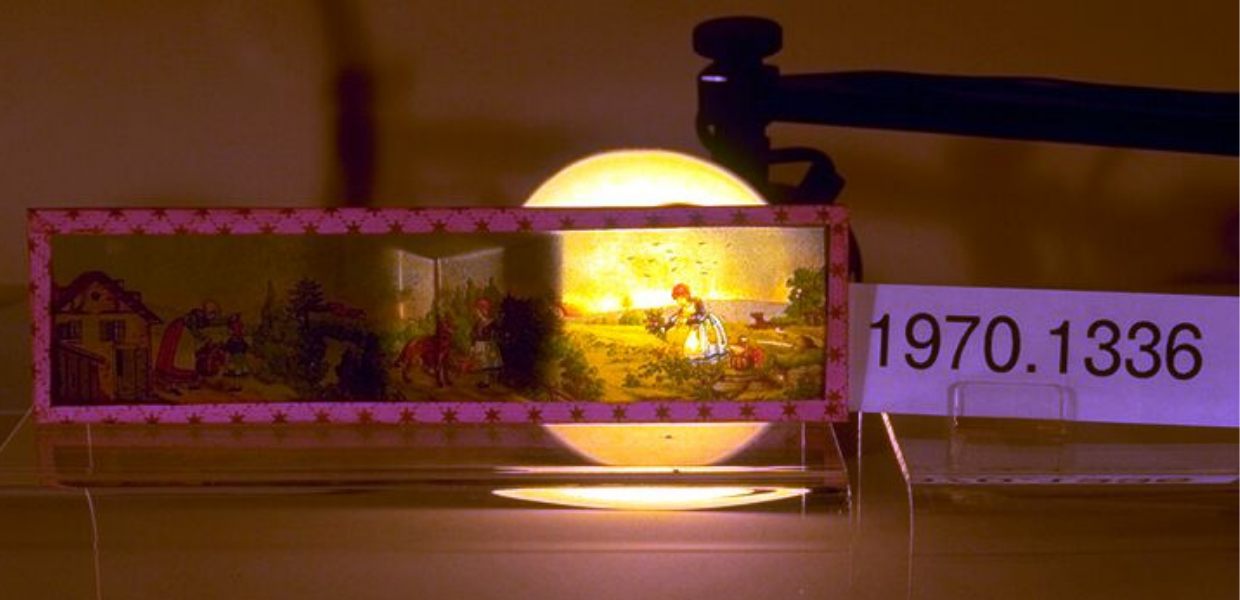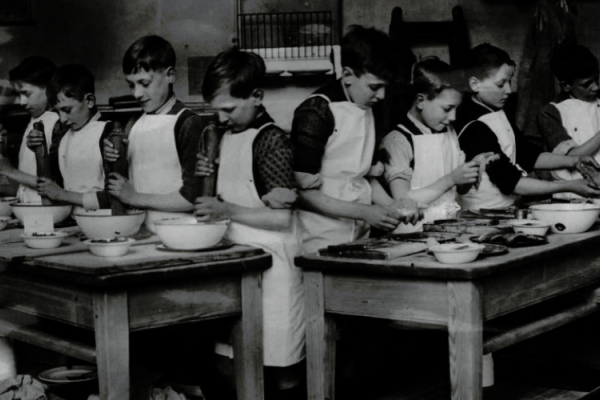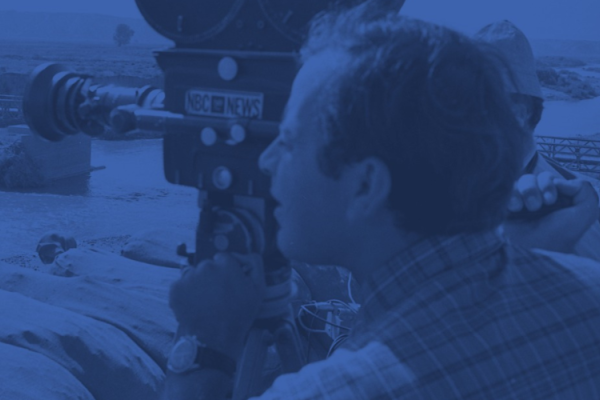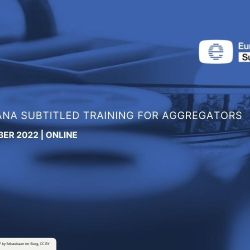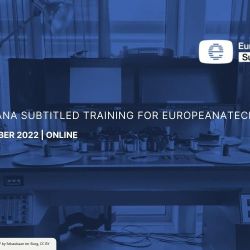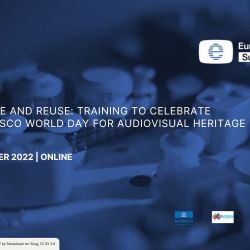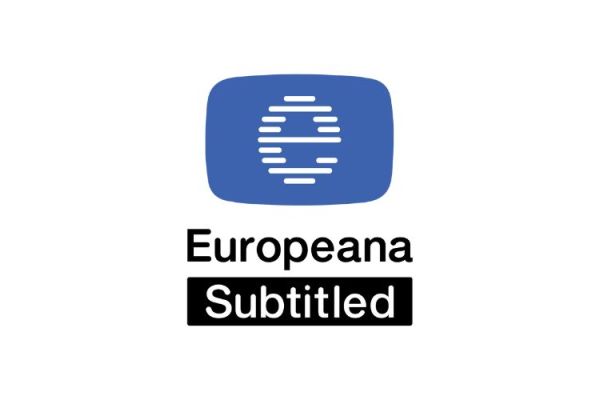Europeana Subtitled brought together seven major national broadcasters and audiovisual archives from seven European countries. These partners provided more than 8,000 high-quality audiovisual materials to Europeana around the theme ‘Broadcasting Europe’. The records were selected to highlight social, political and cultural changes in Europe, from the 1930s through to the present day, as seen on television. Additionally, the project upgraded the licence of around 12,000 records allowing the reuse licence that allows the reuse of these videos.
The project created the Europeana Subtitled AI pipeline. Partners adapted AI technology in automatic speech recognition and machine translation technologies to produce automatic subtitles and closed captions from seven EU languages - Dutch, German, Greek, Italian, Romanian, Slovenian, and Spanish - to English. The pipeline results were measured and validated to ensure the quality of the subtitles and closed captions, and professionals and the general public using the Subbit! Platform later performed additional validation. The Subbit! platform allows the post-editing of the subtitles and closed captions automatically created by the Europeana Subtited AI pipeline. The Europeana Subtitled AI pipeline connects with Europeana by using Europeana APIs.
The project engaged various audiences through 28 blogs and galleries on the Europeana website which are showcased on the 'Broadcasting Europe' page. Additionally, the partners created the 'Mass-media and propaganda' online exhibition. Europeana Subtitled worked with teachers and museum educators to create learning resources with audiovisual content and focus on language learning using the Content Language Integrated Learning (CLIL) methodology; resources for this are available on the Europeana website.
Finally, the project trained cultural heritage professionals, through three different capacity building events which aimed to increase the use of automatic speech recognition and machine translation technologies. The capacity building events recording and the Europeana Subtitled training suite are available below.
This project was a Europeana Generic Services project, co-funded by the Connecting Europe Facility of the European Union.
